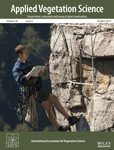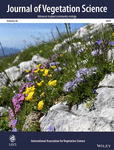Journal list menu
Export Citations
Download PDFs
Commentary
Attacking invasive grasses
- Pages: 541-542
- First Published: 10 September 2015
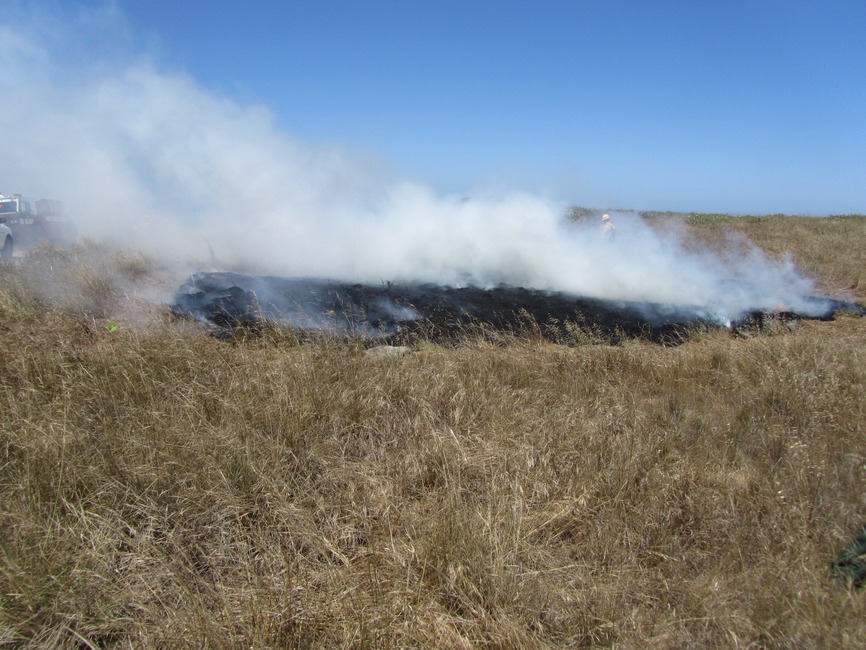
Prescribed burns of mixed native and non-native grasses are sometimes effective at altering the balance between native and non-native species. Mixtures of native perennial and non-native perennial grasses may prove difficult to effect change in composition, however, when natives are perennial and non-natives are annuals this may be an effective management practice.
Synthesis
A comparative framework for broad-scale plot-based vegetation classification
- Pages: 543-560
- First Published: 13 June 2015
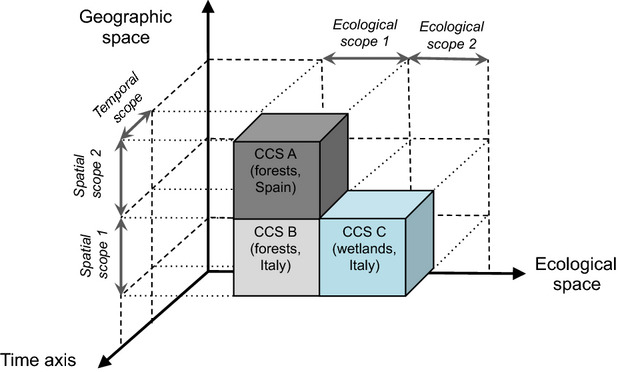
We present a comparison framework for vegetation classification that distinguishes four structural elements (plot record, vegetation type, consistent classification section and classification system) and two procedural elements (classification protocol and classification approach). The framework will be useful for understanding and comparing plot-based vegetation classification approaches, as well as for integrating classification systems and their sections.
A review of the use of direct seeding and seedling plantings in restoration: what do we know and where should we go?
- Pages: 561-568
- First Published: 13 June 2015

Direct seeding and planting of seedlings are the most common techniques use in ecosystem restoration. We reviewed 120 papers that included these techniques and examined current restoration issues. Our results highlight the need for restoration experiments to explore more species and consider future climate scenarios that will affect restoration efforts. Additionally, detailed reporting of outcomes and costs are essential.
Research Articles
Effects of simulated historical tree litter raking on the understorey vegetation in a central European forest
- Pages: 569-578
- First Published: 13 June 2015

Litter raking was once a wide-spread practice in forests throughout Europe. We investigated how the season in which simulated litter raking is applied affects understorey species richness and composition in a central European forest by means of a 4-yr field experiment. Autumn litter raking had the strongest impact, predominantly affecting annual species. The potential of litter raking as a forest practice in modern times is discussed.
Responses of an ancient woodland field layer to soil translocation: methods and timing
- Pages: 579-590
- First Published: 04 May 2015

We investigated two methods of translocating soil profiles from an ancient woodland to a nearby receptor site, using soil transfer/respreading, or intact soil ‘turves’ in different seasons. Autumn translocation promoted better immediate recovery but after 10 yr there was convergence in all soil handling treatments, when the field layers still broadly resembled those in the original wood.
Understorey plant community and light availability in conifer plantations and natural hardwood forests in Taiwan
- Pages: 591-602
- First Published: 26 May 2015
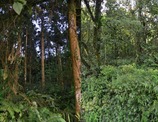
We reported lower species and functional diversity and greater light availability in a natural forest than an adjacent 30-yr Cryptomeria japonica plantation in Taiwan possibly due to the greater dominance of shade-intolerant species associated with greater light availability. To maintain plant diversity, management efforts must be made to prevent localized losses of shade-adapted understory plants.
Deforested habitats lack seeds of late-successional and large-seeded plant species in tropical montane forests
- Pages: 603-612
- First Published: 22 June 2015
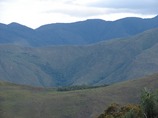
Seed dispersal limitation in deforested habitats is triggered by few seed dispersal events. We show that perching structures enhance seed dispersal, in terms of seed density and species richness. Yet, the dispersal limitation of late-successional plant species with large seeds was not compensated. Assisted restoration strategies should have consider the origin of seeds and the presence of perch structures.
Facilitation and edge effects influence vegetation regeneration in old-fields at the tropical Andean forest line
- Pages: 613-623
- First Published: 01 July 2015

Our study provides insights into the role played by shrub facilitation and edge effects in the regeneration of forests in former agricultural plots in the high tropical Andes. Their interplay influences the establishment of vegetation from adjacent mature forests. Consequently, these processes should be considered in the design of restoration and management efforts in these highly diverse and threatened ecosystems.
Emergence and early survival of early versus late seral species in Great Basin restoration in two different soil types
- Pages: 624-636
- First Published: 08 June 2015
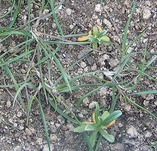
We compared an early to a late seral native species seed mix for restoration of areas invaded by exotic annual grasses in the Great Basin, US. Using early serals, with greater functional trait similarities to exotics, may improve seedling survival relative to using late serals. Performance differences in two soil types may be helpful in tailoring seed mixes to sites.
Fire effects on invasive and native warm-season grass species in a North American grassland at a time of extreme drought
- Pages: 637-649
- First Published: 07 May 2015
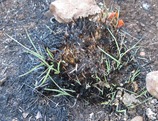
We asked whether an invasive C4 grasses can be selectively controlled in C4 grassland by fire timing, using yellow bluestem (invasive) and little bluestem (native) as models. We found that hot, growing-season fires conducted during a drought year was a highly selective regime for invasive species control.
Herbicide application as a habitat restoration tool: impact on native island plant communities
- Pages: 650-660
- First Published: 19 June 2015
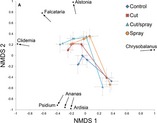
We conducted two field experiments in Seychelles endemic plant communities to assess the impact of ecological restoration on alien and native plants. Herbicide application resulted in short-term detrimental effects on native saplings and adults. Seedling communities changed independent of alien plant removal method. We recommend that restoration strategies should aim to conserve biodiversity at a landscape-level to account for site-idiosyncrasy.
Restoration of sand grasslands by topsoil removal and self-greening
- Pages: 661-673
- First Published: 26 June 2015

Due to their high conservation value sand grasslands are targets of restoration measures in Central Europe. We showed that combining topsoil removal, self-greening from the seed bank and year-round grazing may be particularly successful restoration approaches on ex-arable land. However, undesired shrub encroachment has to be prevented and the low biomass quantity and quality of sand grasslands might constrain grazing capacity.
Does vegetation in restored salt marshes equal naturally developed vegetation?
- Pages: 674-682
- First Published: 13 June 2015
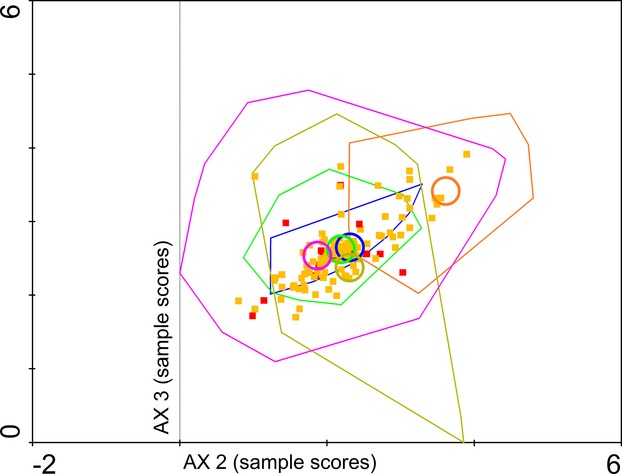
In this study we compare the vegetation of two restored Wadden Sea salt marshes with the vegetation of other Wadden Sea marshes. Species-by-species analysis as well as ordination of species revealed that there are no conspicuous differences between salt-marsh vegetation behind low stone dams and the vegetation that has naturally developed on unprotected mudflats. Measures targeting at salt-marsh development in view of flood protection do not automatically interfere with nature conservation.
Contrasting distribution patterns of invasive and naturalized non-native species along environmental gradients in a semi-arid montane ecosystem
- Pages: 683-693
- First Published: 22 June 2015
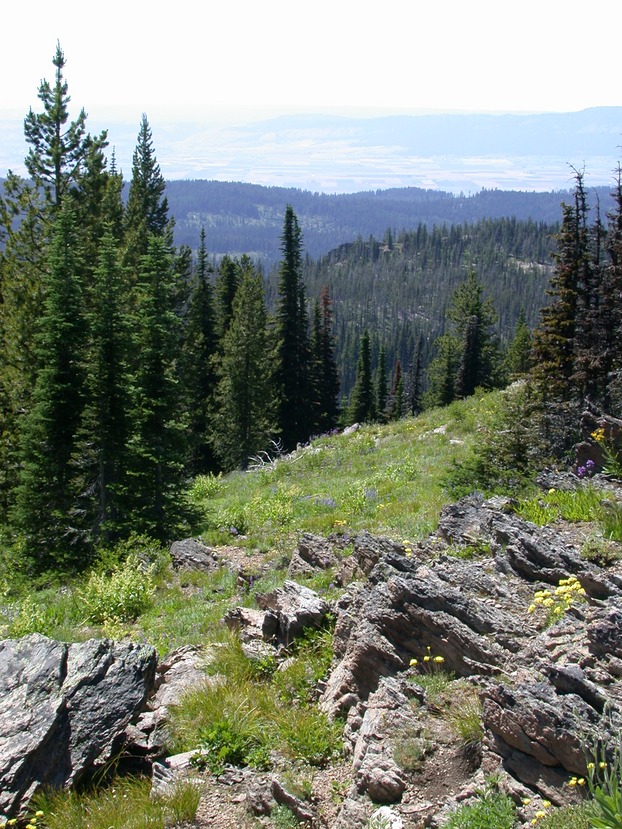
We ask whether functional groupings and invasive status of plants can predict invasion patterns along elevation gradients and into native vegetation. Results indicate that invasive species occupy similar habitats, whereas naturalized species partition environmental gradients. Furthermore, annual species occupy lower elevations than perennial species, regardless of invasion status. Together, this suggests functional groups are useful for understanding invasion patterns.
Native recolonization following control of invasive Ruellia simplex in a cypress floodplain forest
- Pages: 694-704
- First Published: 17 July 2015
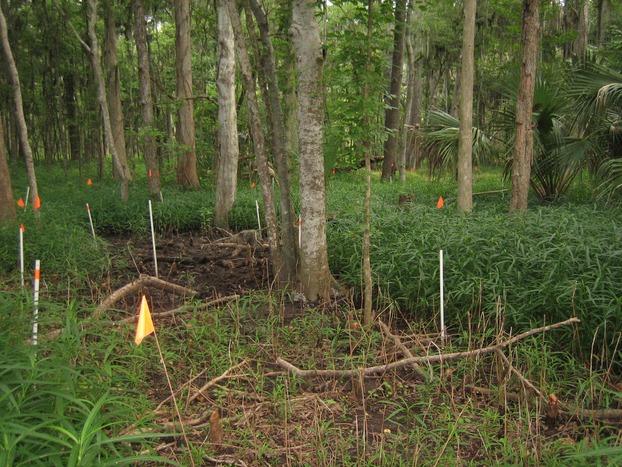
Propagule limitation from the soil seed bank is not likely a barrier to native plant recolonization in floodplain forests after removal of invasive R. simplex, but it does seem likely that soil properties are influencing the plant community. A critical next step will be identification of native species tolerant of altered soil and water conditions if restoration efforts are to succeed.
The effects of rock climbing on cliff-face vegetation
- Pages: 705-715
- First Published: 19 May 2015

This study utilizes a large dataset of cliff-face vegetation (111 sites) to investigate the effects of rock climbing on diversity, abundance, and composition of vegetation along environmental and use gradients typical of modern climbing. We conclude that climbing can negatively affect lichen diversity and cover but cliff structure is a stronger fundamental control on cliff vegetation.
Estimating leaf area index in tree species using the PocketLAI smart app
- Pages: 716-723
- First Published: 26 May 2015

PocketLAI® smartphone app was tested on a variety of woody canopies, by assuming values from hemispherical photography as a reference. PocketLAI showed satisfactory performances for broadleaf shrubs and trees (R2 = 0.78), suggesting that the app can be an alternative to other methods in case of broadleaf woody species, especially in contexts where resources and portability are key issues.
Estimating species richness and biomass of tropical dry forests using LIDAR during leaf-on and leaf-off canopy conditions
- Pages: 724-732
- First Published: 10 August 2015

We evaluated the accuracy of predictions using both leaf-on and leaf-off LiDAR estimates of biomass and species richness in tropical dry forest. Estimations of biomass and species richness from LiDAR data were not influenced by canopy conditions, indicating that LiDAR estimates of these variables can be obtained during the dry season. Moreover, biomass estimates were unaffected by topography.
Forum
Potential natural vegetation and environment: a critique of Kusbach, Shaw & Long
- Pages: 733-738
- First Published: 08 June 2015
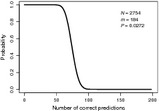
This paper convincingly refutes the conclusions of the paper ‘Discriminant analysis reveals limited association between forest habitat types and the environment in western United States land classification.’ Further analyses of the presented results clearly show strong association between potential vegetation types and environmental variability in support of the widespread use of this system as means of environmental stratification and characterization.




